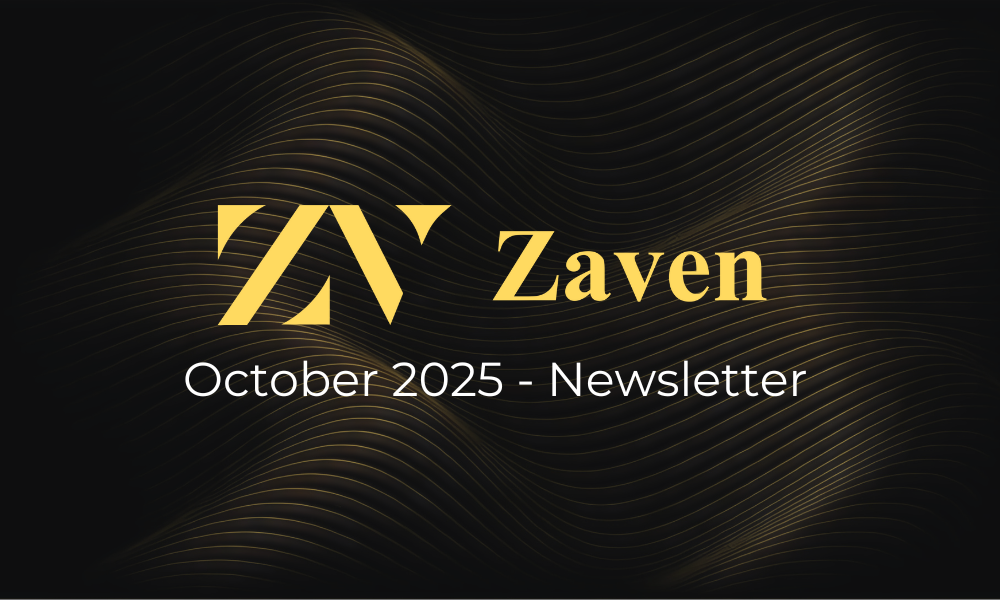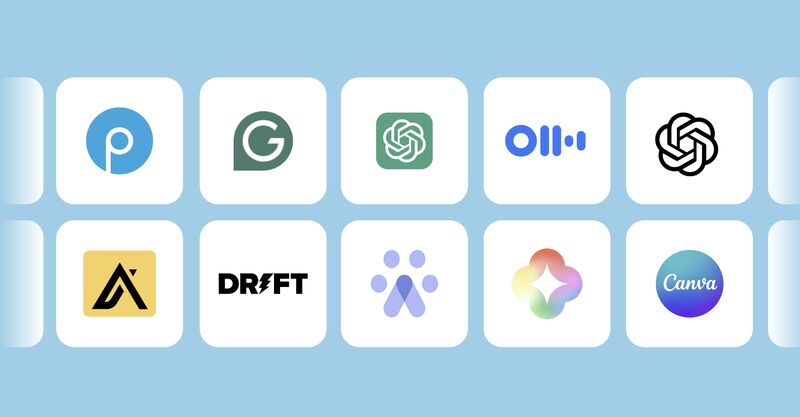Source: Cambridge University Press
In the early days of the internet, mailing lists, also known as Listservs, were revolutionary for lawyers. These specialised email groups allowed legal professionals to connect over shared interests and practice areas, creating communities long before social media existed. Administered by one or two individuals, these lists were a powerful tool for lawyers to share breaking legal news, updates, and advice with peers across the globe. Often, information shared on these Listservs reached participants faster than the mainstream media, giving lawyers early access to legal developments that could impact their work.
One of the most significant aspects of these mailing lists was their potential to create a global community of legal professionals. Lawyers could offer and receive general advice, share insights on new technologies, and contribute to discussions about evolving legal practices. The future lawyer, as imagined at the time, would rely on these groups to stay updated on industry shifts and trends. The more subscribers a Listserv gained, the more valuable it became, as the shared knowledge and resources grew exponentially with each new participant.
Fast-forward to today, and the idea of lawyers using email to exchange information may seem quaint, but the foundation laid by these Listservs has carried forward. Modern legal professionals now utilize more advanced platforms like Slack, Microsoft Teams, and cloud-based communities to share knowledge in real time. However, the collaborative, knowledge-sharing spirit of Listservs lives on, continuing to shape how lawyers network and stay informed in a rapidly changing digital landscape.
Read more: Cambridge University Press







